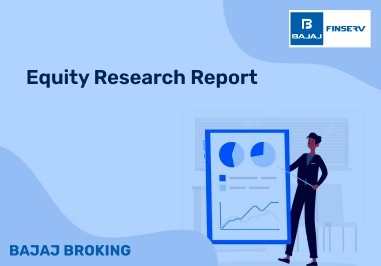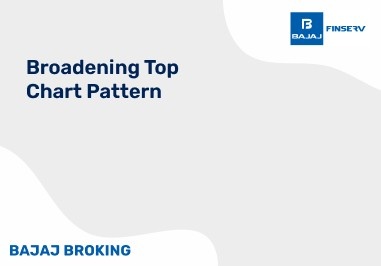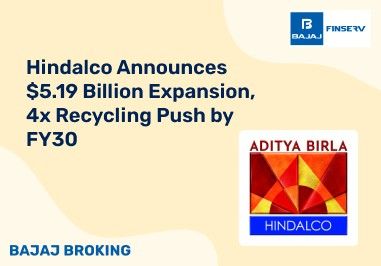There is no doubt that Indians love their gold and have been fascinated with the yellow metal for centuries. Even with its monetary value being a key feature, gold is also an emotion for the country. Owning physical gold in the form of coins, blocks or jewellery can sometimes get expensive because of their making charges. However, that isn’t the case with Gold Funds or Gold ETFs (Exchange Traded Funds).
Gold funds and a gold ETF are essentially gold on paper whose price is closer to the current gold rate. This is why gold ETFs are less expensive than physical gold, making them great long-term investments. Gold ETFs can only be traded on the cash market of the National Stock Exchange or NSE just like every other company stock.
When investors buy a gold ETF, they are purchasing physical gold in the background thus ensuring that the gold’s purity is non-negotiable.
Understanding Gold Funds
To start investing in gold funds, it is important to understand all the nitty gritty of the security.
- There are many types of mutual funds that investors can invest in and gold funds are one such type.
- Gold funds are used to either directly or indirectly invest in gold reserves.
- Under gold funds, investors can invest in physical gold, stocks of gold-producing and distributing companies, and mining companies as well.
- Under gold funds, investors can invest in gold directly without needing to hold the physical metal themselves.
- Since the investment is ultimately on an asset that is held in the form of physical gold, the asset price depends on the current gold rate in the market.
Understanding Gold ETFs (Exchange-Traded Funds)
Another form of investing in gold is through a gold ETF.
A gold ETF or Exchange-Traded Fund is another form of mutual fund that is commodity-based and invests in gold
A gold ETF is traded like any other stock on the stock exchange.
Under the gold ETF, physical gold, as an asset, is held in both dematerialised and paper form.
As a part of the gold ETF investment, when it is traded, investors get funds that are equivalent to their physical gold investments’ value in cash.
Investors never receive physical gold under the gold ETF investment
Additional Read: Gold ETF vs Gold Fund
Key Considerations When Choosing Gold Funds & ETFs
Before investors choose to invest in gold funds and gold ETFs, they must remember certain things.
Better for Short or Medium-Term Investment
The gold market can fluctuate in long-term investments since it has been observed that any long-term returns on gold might fall to as low as 10% annually. This is why investors should consider choosing gold funds and ETFs if they are looking at a short to medium-term investment option.
Choosing the Fund Manager
When choosing a gold ETF or fund manager, investors must look beyond the low fees. To make the right choice, researching how the fund has performed of late will give investors an insight into how effectively the Fund Managers are working
Not Great for Large or Sustained Investments
When investors allocate a mere 5–10% of their investment portfolio to gold ETFs, they increase the chances of strengthening their portfolio while having consistent returns.
Keep an Eye on Gold Price Trends
Investors need to stay on top of the gold market and gold prices if they want to invest in good funds and gold ETFs. This way, they can buy gold ETFs and gold funds at bargain prices and sell them when the price rises, thus generating more profits.
Factors Influencing Gold Prices and Market Trends
Several factors influence gold prices and market trends. Here is a list of some of them.
Demand for gold
The demand for gold in India will never cease to exist. However, gold is also considered a very practical investment option because of its high chances of profitability. With high demand comes higher gold prices and with low demand, the prices fall. Investors can observe these trends and buy gold ETFs during low demand for less and sell during high demand for more.
Inflation
Another factor that influences gold prices is Inflation. When the cost of living increases, so do the gold prices. Since during inflation, currency values fall, holding gold instead of currency is a good way to protect oneself from inflation and potential losses.
Monsoon
Did you know that 60% of gold consumers in India are from rural settings? Monsoons play a huge role in helping farmers from rural India have a good crop yield, thus ensuring they have funds to purchase gold. Less monsoon equals less yield, leading to less to no investments in gold
Correlation with other asset classes
Geopolitical factors
During a geopolitical crisis such as a war, gold prices go up the public considers the investment a safe haven.
Weakening dollar
When the dollar falls in value, other currencies usually increase, thus increasing the demand for commodities like gold.
How to Start Investing in Gold Funds & ETFs
Getting started on investing in gold funds and gold ETFs is not too difficult. Here are a few steps that will help you:
Open a Demat Account
The very step to getting started in investing in gold funds and ETFs is by opening a demat account. To do this, investors must find a reliant stockbroker to help them start an online Trading and Demat Account.
Accessing the Trading Portal
Once an investor has chosen the stockbroker and completed all the formalities associated with opening a trading and Demat account, they can access the online trading portal by entering their Login ID and Password.
Choose the Gold ETF
This is where the investor can choose which gold ETFs to invest in. Investors can either buy it all at once or systematically buy it with SIPs.
The Buying:
This is where investors can buy their Gold ETF post which they will get a confirmation message on both their email and mobile number and the linked savings account will debit the amount from the investor’s bank account.
Tax Implications of Investing in Gold Funds & ETFs
The tax structure for Gold ETFs is the same as other debt stocks or ETFs. However, gold ETFs are taxed based on long-term and short-term capital gains.
Short-term capital gains: These are the types of gains where the income is generated when stocks that have been held for less than 3 years are sold. In a short-term capital gain scenario, the income is added to the investor’s annual income and taxed according to the applicable tax slab.
Long-term capital gains: These are the types of gains where the income is generated when stocks that have been held for more than 3 years are sold. Here the tax stands at 20% with indexation benefits.
Conclusion
Gold funds and gold ETFs are not the same as physical gold. As a part of both gold funds and the gold ETF, investors earn an income through the returns they get on these mutual funds. This is one of the many factors that make investing in good funds and a gold ETF a good investment choice. Investing in gold ETFs also helps investors diversify their portfolios. However, investors must gauge all the aspects of investing in gold funds and ETFs.
Disclaimer: Investments in the securities market are subject to market risk, read all related documents carefully before investing.
This content is for educational purposes only. Securities quoted are exemplary and not recommendatory.
For All Disclaimers Click Here: https://bit.ly/3Tcsfuc













